Ukraine was jubilant on June 1 as news filtered through of a stunning drone attack targeting Russian heavy bombers, that simultaneously targeted four air bases, two of them thousands of miles inside Russia.
"Enemy strategic bombers are burning en masse in Russia — this is the result of a special operation by the Security Service of Ukraine (SBU)," a source in the agency told the Kyiv Independent on June 1.
Here's everything we know — and don't know — about Operation Spiderweb.
Ukraine's Russian bomber problem
Throughout Russia's full-scale invasion of Ukraine, its extensive fleet of heavy bombers have regularly launched mass missile attacks against Ukrainian cities, in particular targeting energy infrastructure in attacks that led to long periods of widespread blackouts across the country, and caused countless civilian deaths and injuries.
During these attacks, the bombers fly from their bases to the Caspian Sea from where they launch their cruise missile payloads, before returning to their bases.
Throughout their sorties they fly in perfect safety, far out of range of Ukraine's air defenses.
Their bases are also far from Ukraine, and out of range of any missiles that Ukraine possesses or has been given by its Western allies.
Some air bases are in range of Ukraine's long-range drones, but as these are less sophisticated than missiles and carry smaller warheads, Kyiv has until now only had limited success in using them against Russia's heavy bombers.
While Ukraine is taking steps to develop its own cruise and ballistic missiles that could reach these bases, as well as improving the reach and firepower of its long-range drones, Operation Spiderweb used one of the cheapest weapons already used on the battlefield — first-person-view (FPV) drones.
What do we know about the Operation Spiderweb drone operation?
The first thing anyone knew about the attack were videos posted to social media by bemused Russians showing the bizarre scene of FPV drones flying out of the back of a truck and heading towards an already flaming air base.
Russian media describe the logistics of the Ukrainian operation:
Investigators questioned the truck drivers whose vehicles were used to launch drones
A 55-year-old from Chelyabinsk named Alexander Z.—said the truck belonged to a 37-year-old man named Artyom 1/ pic.twitter.com/ftDP6dTtOr
The SBU quickly began releasing information about the operation, even as it was reportedly still underway, and the extent of what was unfolding quickly became clear.
A year-and-a-half in the planning, and reportedly personally overseen by SBU Chief Vasyl Malyuk and President Volodymyr Zelensky, Operation Spiderweb was, in Zelensky's words, an "absolutely unique operation."
According to the SBU, the drones were smuggled into Russia where they were then hidden in the roofs of wooden cabins, which were then transported by truck to the air bases being targeted.
When they reached their destinations, the roofs were retracted remotely and the drones simply flew off towards the Russian bombers.

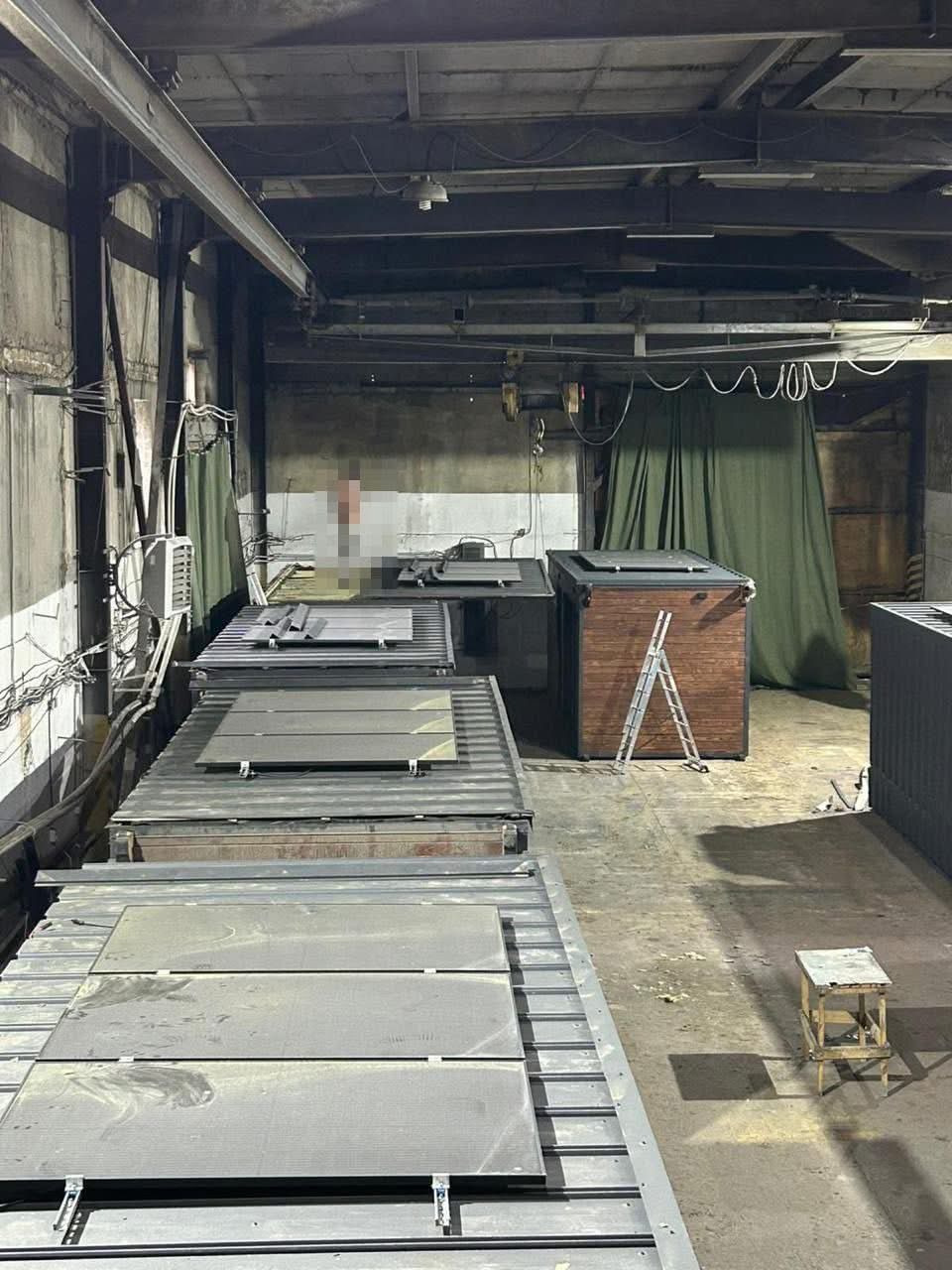
Zelensky later on June 1 released further information about the operation, including elements that are brazen in their audacity.
"What’s most interesting, and this can now be stated publicly, is that the 'office' of our operation on Russian territory was located directly next to FSB headquarters in one of their regions," he said.
Zelensky also said that 117 drones were deployed with the "corresponding number of drone operators."
"It’s genuinely satisfying when something I authorized a year and six months ago comes to fruition and deprives Russians of over forty units of strategic aviation," he added.
What don't we know about the operation?
The full extent of the damage caused is not yet clear.
The SBU claimed more than 40 aircraft were hit at four different air bases — Belaya air base in Irkutsk Oblast, Olenya air base in Murmansk Oblast, Diaghilev airbase in Ryazan Oblast, and Ivanovo airbase in Ivanovo Oblast.
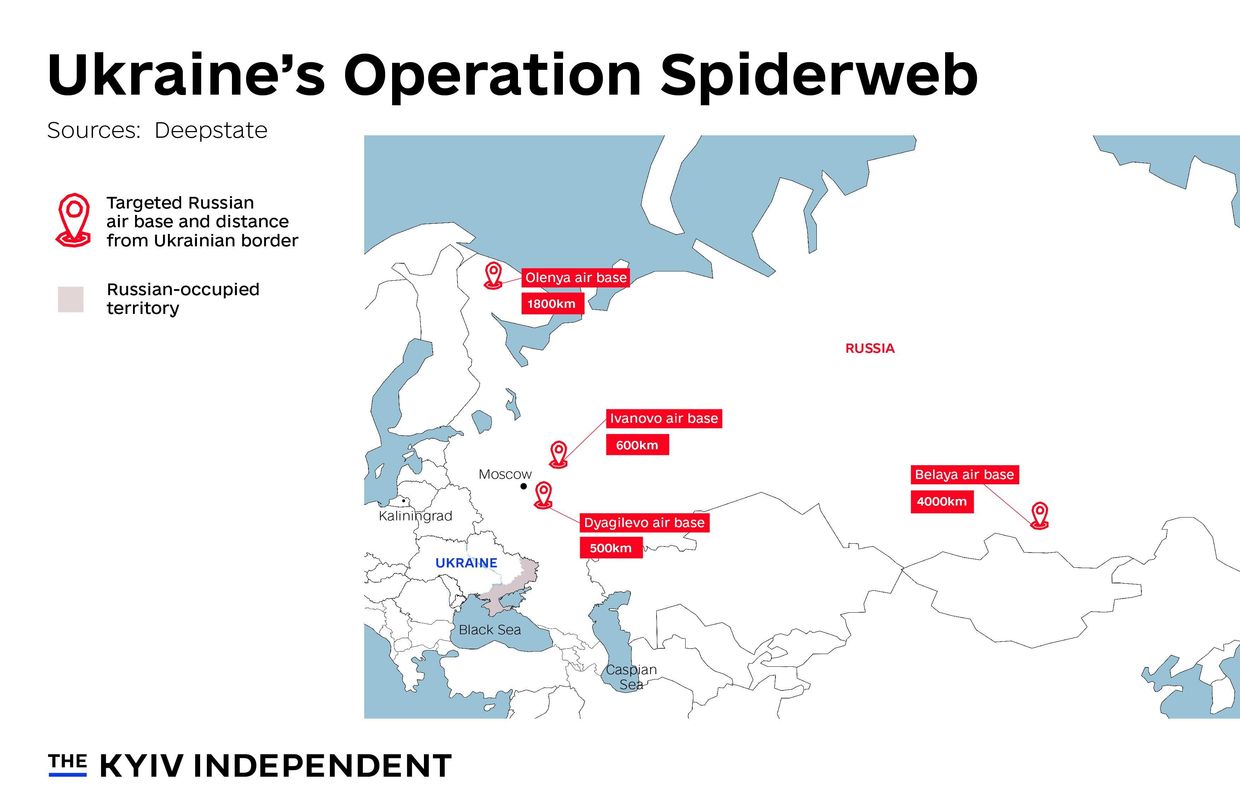
It added that the aircraft hit included A-50s, Tu-95s and Tu-22 M3s, and released one video clearly showing several aircraft ablaze at the Belaya air base.
The SBU later claimed the operation caused approximately $7 billion in damage and disabled one third of Russia's cruise missile bombers.
Ukraine's National Security and Defense Council official Andrii Kovalenko, head of the Center for Countering Disinformation, said at least 13 Russian aircraft were destroyed in the attack, with more damaged.
"This was not just a devastating blow to enemy aviation, but a serious slap in the face of the power and terrorist essence of the Russian Federation," Malyuk said in a statement on June 2.
Independent confirmation of the damage caused is so far limited to satellite images of Belaya air base, which appear to confirm the destruction of at least three Tu-95MS strategic bombers and one Tu-22M3 aircraft, with an additional Tu-95MS visibly damaged.
Another image shows two more likely destroyed Tu-22M3 bombers on the field.
Today, Ukrainian intelligence reportedly launched 117 attack drones from trucks that had been placed near Russian air bases. I tasked several collects this morning via @umbraspace and my first images have already started processing. What a remarkable success in a well-executed… pic.twitter.com/LzXulw8jnK
— Chris Biggers (@CSBiggers) June 2, 2025The damage appears to have been limited to the Olenya and Belaya airbases, with the Russian Defense Ministry claiming to have thwarted the attacks at the Diaghilev and Ivanovo airbases.
How many bombers does Russia have?
According to the World Directory of Modern Military Aircraft, an organisation that tracks and ranks the world's air forces, Russia at the beginning of 2025 had 58 Tu-22Ms, 47 Tu-95s, and 15 Tu-160 bombers.
With 120 heavy bombers in total, Ukraine's claim of disabling one third is in line with its claim of hitting around 40 of them.
But perhaps the biggest prize for Ukraine is the A-50 airborne early warning aircraft which provides several critical functions for the ongoing war in Ukraine, such as detecting air defense systems, guided missiles, and coordinating targets for Russian fighter jets.
It's believed that Russia has fewer than 10 of these in operation, and Ukraine's military intelligence chief Kyrylo Budanov claimed in February 2024 that the number was as few as six shortly after Ukraine managed to shoot one down for the first time.
Ukraine downed another A-50 four months later, in June 2024.
What else do we not know about Operation Spiderweb?
Despite the global reaction to the attack, some of those who have been following the rapid advances of drone technology during Russia's full-scale invasion of Ukraine saw such an operation coming.
"I wasn't really that surprised," Samuel Bendett, a senior fellow at the Center for a New American Security think tank, told the Kyiv Independent.
Bendett highlighted that Russian milbloggers have long been urging the Kremlin to up security at air bases in the event of such an attack, something that appears to have gone unheeded.
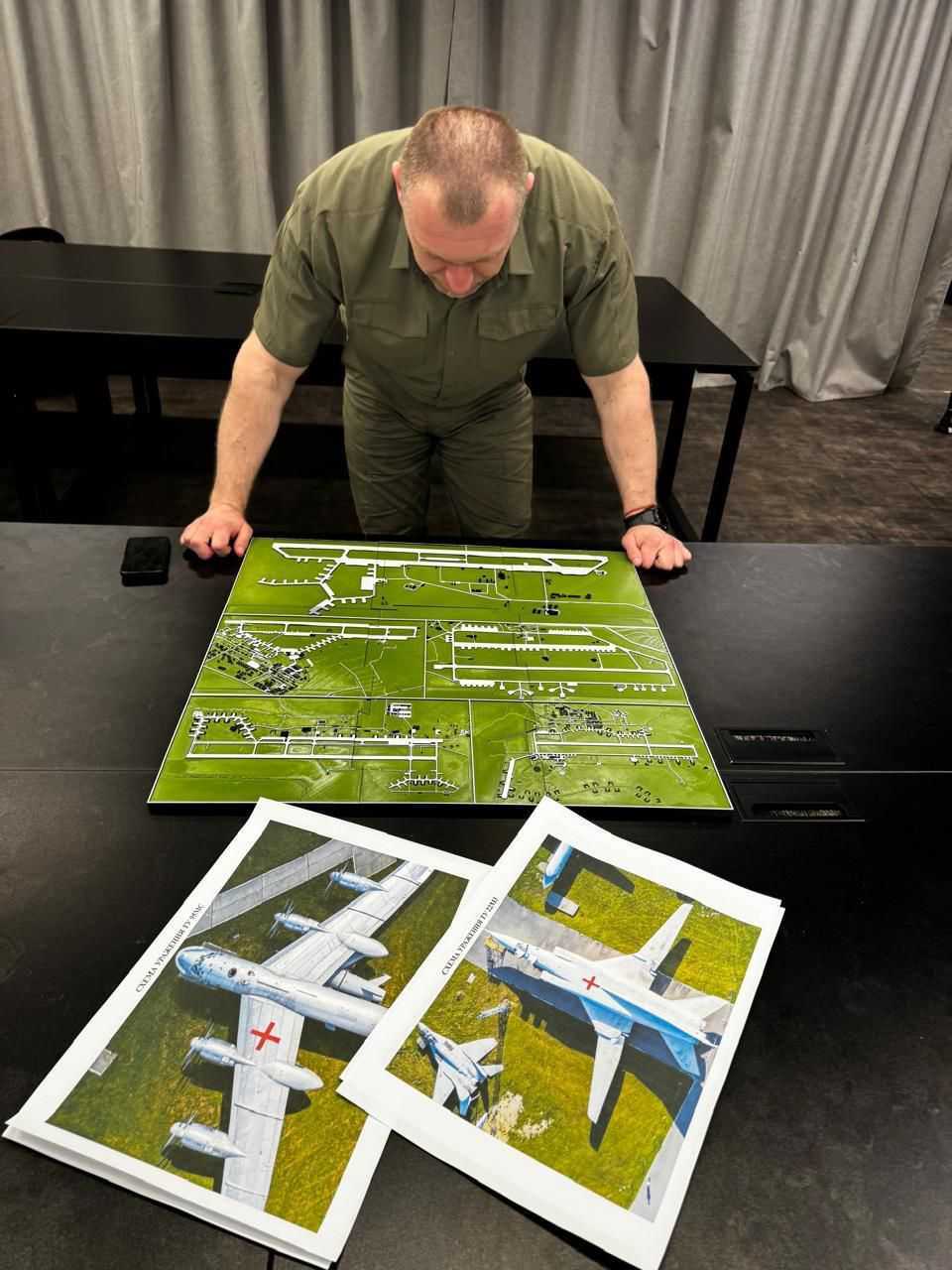
He also said that although the attack was "audacious," the means and technology to conduct an operation like this aren't that new.
One thing that isn't clear at the moment is how the drones were controlled — Zelensky said each drone had an individual operator but FPV drones are usually limited in range to a maximum of around 20 kilometers.
Bendett said the drones were most likely pre-programmed to fly out of the trucks and towards the air base with the operators taking over using Russian mobile networks when they were over the planes "to ensure the most precise strike."
Another thing that's not clear at the moment is how the trucks got to the airbases.
Zelensky on June 1 said all those who assisted in the attack "were withdrawn from Russian territory before the operation, they are now safe."
Taking this at face value, it would imply the drivers of the truck were unwitting stooges.
Russian media channel Baza, citing Russian investigators, claimed all four trucks belonged to the same person who was asked to make deliveries of the wooden cabins by an unknown person(s). All four drivers later reportedly received instructions on exactly where to stop the trucks, at cafes and gas stations located near the air bases that were targeted.
This information remains unconfirmed at this time.
What has Russia said?
Very little. On June 1, Russia's Defense Ministry acknowledged what it described as a "terrorist attack" on the four air bases and said "several units of aircraft caught fire" at Murmansk and Irkutsk.
The Kremlin has so far kept quiet.
But Russian milbloggers have been much more vocal, describing it as a "black day for aviation."
Rybar, one of the most popular with millions of subscribers on Telegram, said "serious errors by Russian intelligence had allowed Ukraine to strike a "very heavy blow.
Russian opposition columnist Yulia Latynina even described the attack as "Russia's Pearl Harbor."
Ukraine, Russia end second round of peace talks, no ceasefire achieved
During the talks in Istanbul, the Ukrainian delegation offered Moscow a complete ceasefire, the exchange of prisoners of war in an all-for-all format, bringing back the children abducted by Russia, and the release of all civilians from Russian captivity.

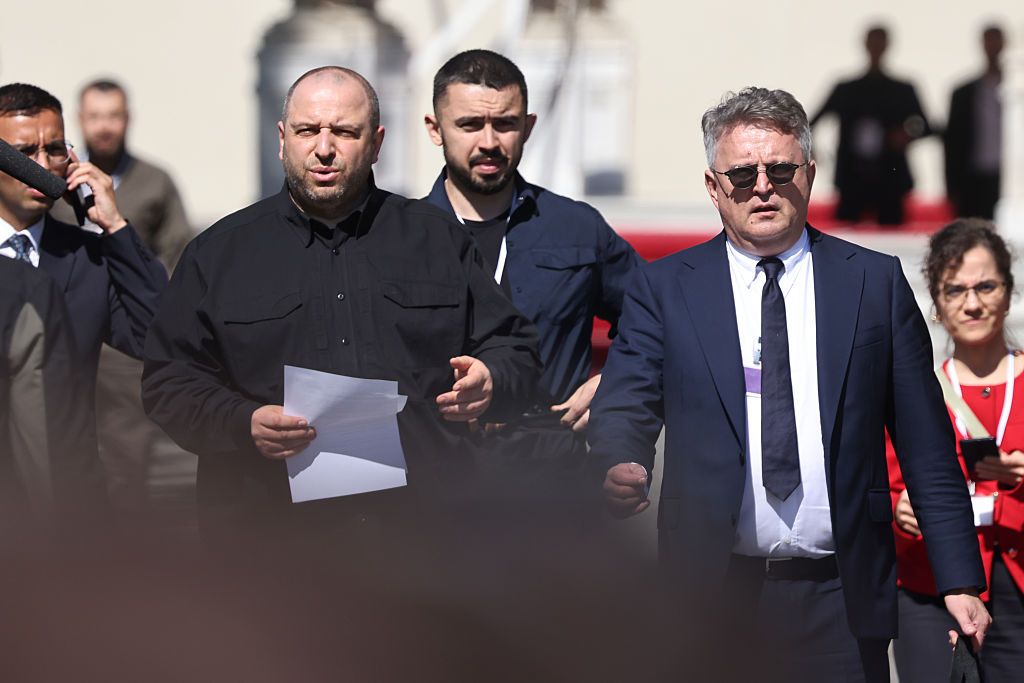
.png)
 German (DE)
German (DE)  English (US)
English (US)  Spanish (ES)
Spanish (ES)  French (FR)
French (FR)  Hindi (IN)
Hindi (IN)  Italian (IT)
Italian (IT)  Russian (RU)
Russian (RU)  1 day ago
152
1 day ago
152


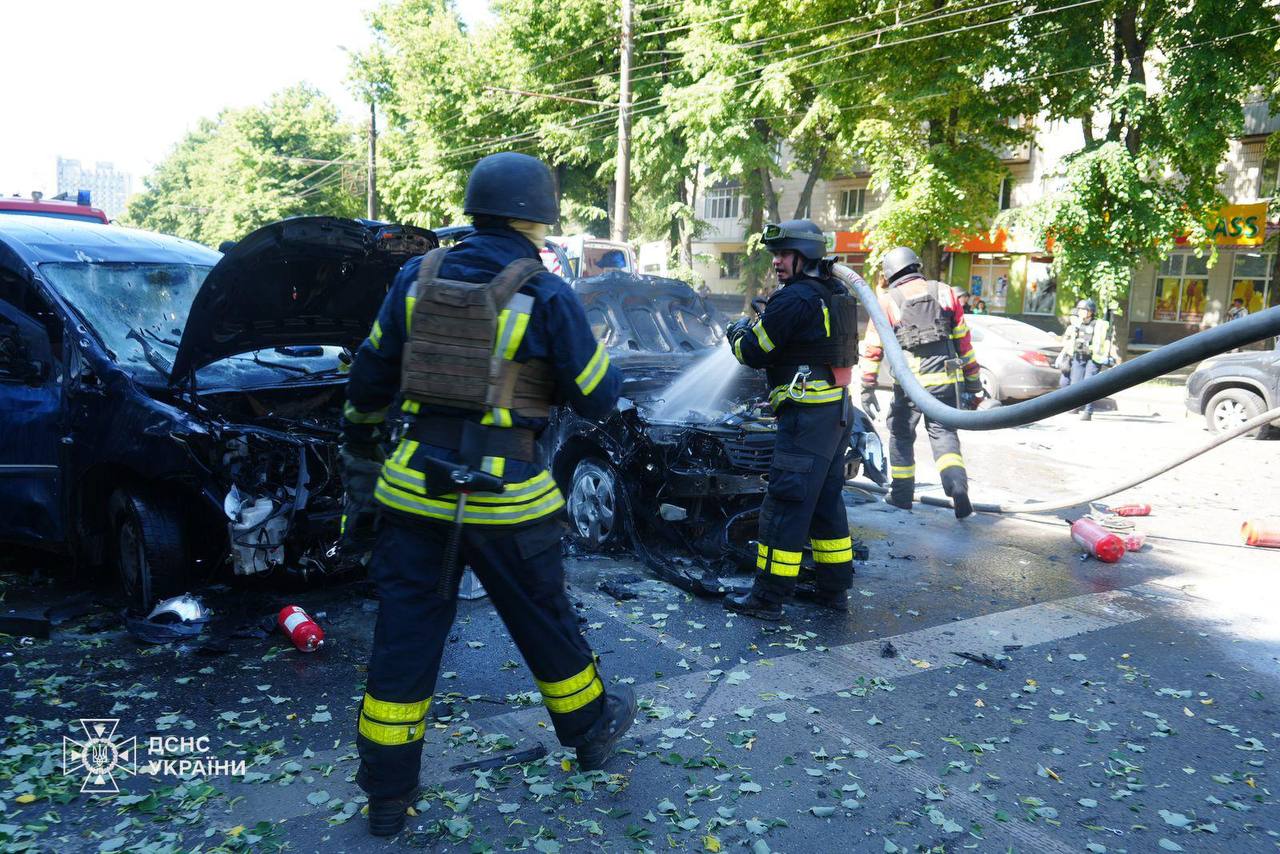




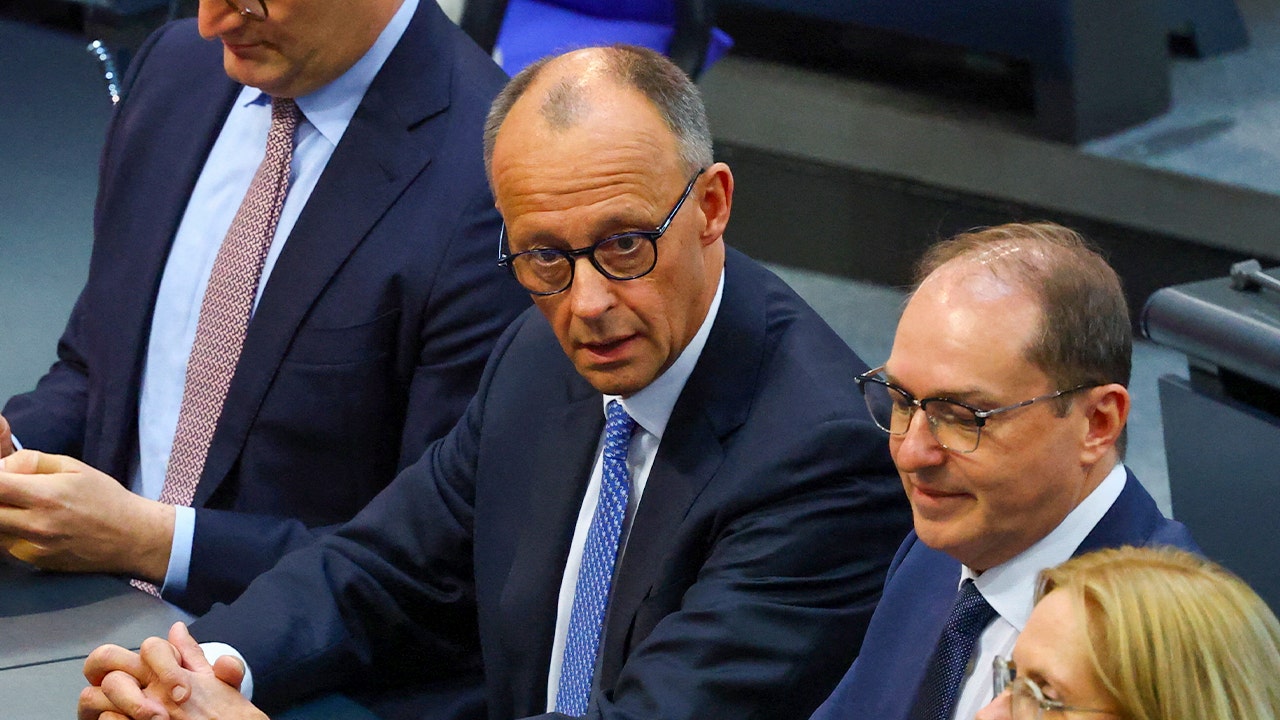
Comments